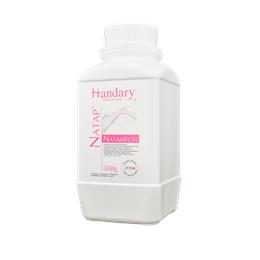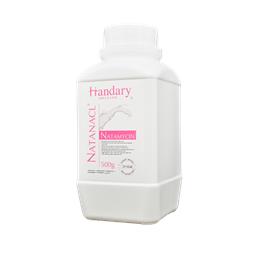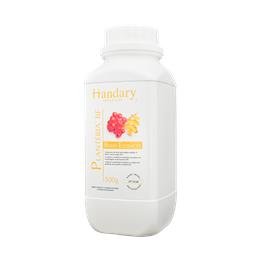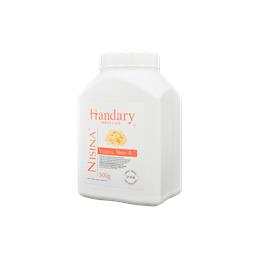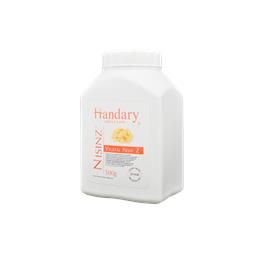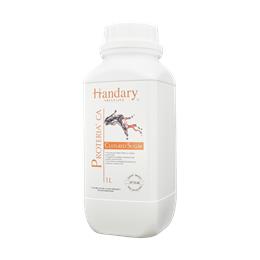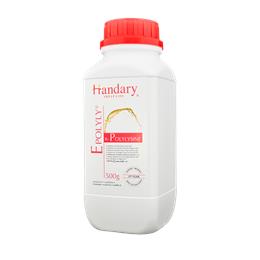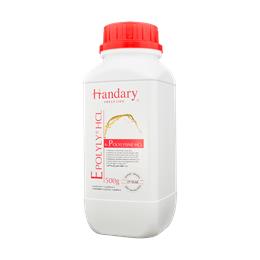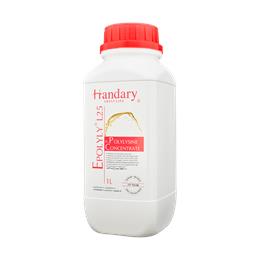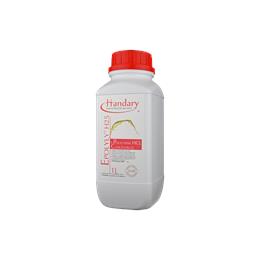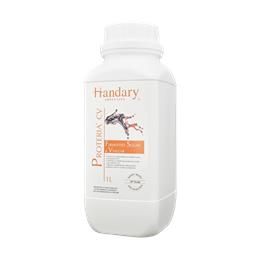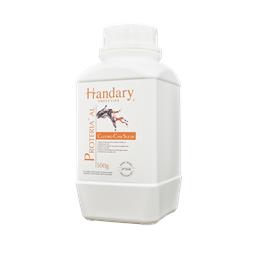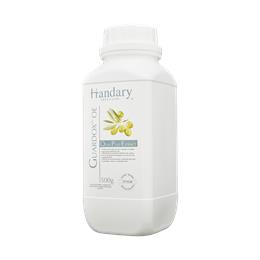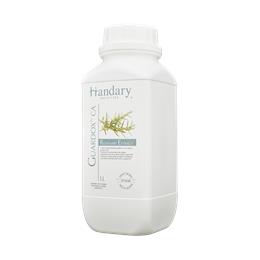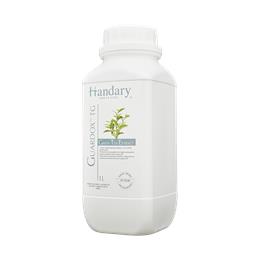Description
Fermented meat and poultry are types of meat and poultry that have undergone a process of fermentation, which involves the use of bacteria, yeasts, or fungi to break down sugars and other compounds in the meat. This process can result in a variety of flavors, textures, and aromas, and can also enhance the shelf life and nutritional value of the meat.
There are many different types of fermented meat and poultry, which vary depending on the specific fermentation process used and the cultural and regional traditions that influence their preparation. Some common examples include salami, chorizo, prosciutto, and jerky. It's important to note that they can pose some health risks if not prepared properly. For example, some types of fermented meats can be high in sodium or nitrates, which can be harmful in large amounts, and improperly fermented meat can harbor dangerous bacteria like Salmonella or Listeria. The main spoilage issues are Oxidation (Color Loss), Total Aerobic Bacteria and Yeasts & Molds.
Yeasts & Molds
Yeasts & Molds are microorganisms that are commonly present in the environment and can play a role in the fermentation of meat and poultry products. During the fermentation process, yeasts and molds can help to break down sugars and other compounds in the meat and produce a range of flavors and aromas.
However, excessive growth of yeasts and molds in fermented meat and poultry products can also be a sign of spoilage or contamination, which can pose a health risk to consumers. To minimize the growth of harmful yeasts and molds, manufacturers may use various techniques, such as controlling the pH of the meat mixture or adding antimicrobial agents. In addition to these measures, regular testing and monitoring of yeasts and molds is important to ensure that the products meet the necessary safety and quality standards.
Total Aerobic Bacteria
Total Aerobic Bacteria count is an important measure of the microbiological quality of fermented meat and poultry products. Aerobic bacteria are microorganisms that require oxygen to grow and can be found naturally in the environment and on the surface of raw meats. During the fermentation process, these bacteria play a crucial role in breaking down the meat and producing the characteristic flavors and textures of the final product.
However, excessive growth of aerobic bacteria in fermented meat and poultry products can also be a sign of spoilage or contamination, which can pose a health risk to consumers. To minimize the growth of harmful bacteria, manufacturers may use various techniques, such as adding antimicrobial agents or controlling the pH of the meat mixture.
Oxidation (Color Loss)
Oxidation (Color Loss) which can result in color loss, is a common issue that can affect fermented meat and poultry products. During fermentation, the meat is exposed to oxygen, which can cause the meat to lose its red color and turn brown or gray. This can be particularly noticeable in products like salami or chorizo, which are traditionally made with a high proportion of fat and can therefore be more susceptible to oxidation.
To minimize oxidation in fermented meat and poultry products, manufacturers often use various techniques, such as adding antioxidants like ascorbic acid or tocopherols to the meat mixture. These compounds can help to stabilize the color and prevent oxidation by scavenging free radicals and inhibiting the action of enzymes that can cause color loss.
 English
English 简体中文
简体中文 Français
Français Español
Español
